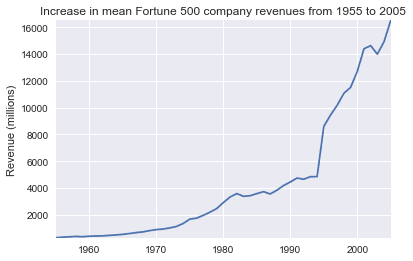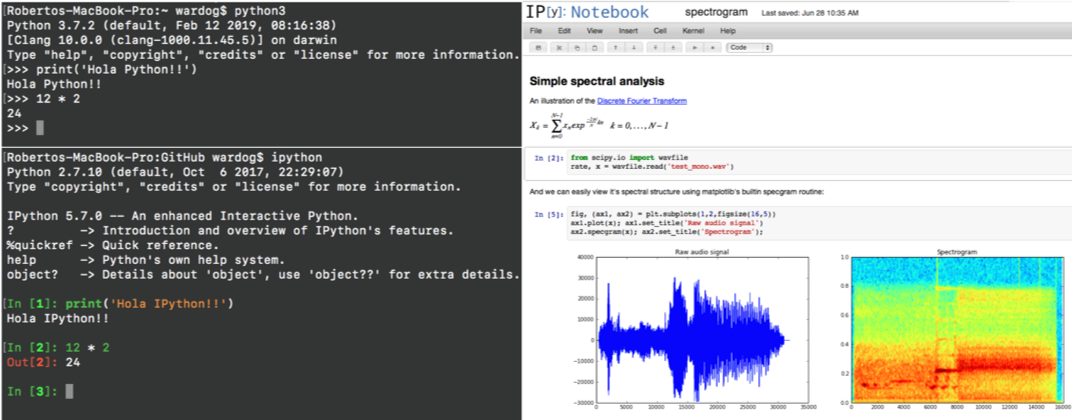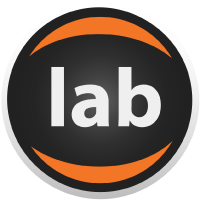

- Jupyter notebook tutorial how to#
- Jupyter notebook tutorial install#
- Jupyter notebook tutorial code#
- Jupyter notebook tutorial free#
Note: If you already have the full Anaconda distribution installed, you don't need to install Miniconda. Both extensions are published by Microsoft. For additional details on installing extensions, see Extension Marketplace. Note that by default, the Python extension installs the Jupyter extension for you.
Jupyter notebook tutorial code#
The Python extension for VS Code and Jupyter extension for VS Code from the Visual Studio Marketplace. If you do not have them already, install them prior to beginning. The following installations are required for the completion of the tutorial.
Jupyter notebook tutorial how to#
Specifically, using passenger data from the Titanic, you will learn how to set up a data science environment, import and clean data, create a machine learning model for predicting survival on the Titanic, and evaluate the accuracy of the generated model. This tutorial demonstrates using Visual Studio Code and the Microsoft Python extension with common data science libraries to explore a basic data science scenario.
Jupyter notebook tutorial free#
In this course, however, we’re going to try and focus our attention on a single editor so you have an opportunity to get really good at it: VS Code! Thankfully everything works roughly the same in VS Code as in the native environment, so feel free to follow along with the tutorial in VS Code.

However, obviously this tutorial is being done in the native Jupyter notebooks environment. To learn the basics of Jupyter Notebooks, please watch watch this tutorial.

What makes Jupyter Notebooks special is their interactivity, so it’s hard to understand their value without seeing them in action. OK, I know, that all sounds really abstract. Indeed, Notebooks are so useful for sharing analyses that they’ve become the de facto standard for sharing information at many companies, including Netflix. Using Jupyter Notebooks, you can not only share the conclusions of your analysis with colleagues, but also the code that generated those analyses, making it easy for others to see how you reached your conclusions and, crucially, play with that code to see what happens if the analysis is changed slightly. This not only makes them incredibly useful for instructional materials (this entire site is actually built with Jupyter Notebooks), but also makes them useful as a method of sharing analyses. Jupyter notebooks are a tool for easily integrating text, code, and code output into a single document. (Note: Jupyter Notebooks used to be called IPython Notebooks before they expanded to support more languages, so if you see people talking about IPython Notebooks, just think of that as an early, Python specific version of Jupyter Notebooks). Jupyter was originally focused on unifying Julia, Python, and R, it actually now supports dozens and dozens of different kernels including javascript, Go, Haskell, Matlab, Stata, bash, Scala, and so much more. In the Jupyter ecosystem, the program being used to actually run your analysis (i.e. Python, R) is referred to as a kernel. This makes it possible to create one interface (a text editor, a window where results are displayed, etc.) that can be used to run your analyses in any number of different programs. The idea of Jupyter is to seperate the interface you are working with from the underlying programming language doing your analysis. R users, for example, often use RStudio, Python users use Spyder, and Julia users use Juno.īut in recent years, an amazing effort has been underway to provide a single set of tools that work with nearly any underlying programming language: Jupyter (as in Ju (Julia) - py (Python) - te R (R)). Today, if you use more than one programming language for data science, you probably also use different programs to edit and interact with those programs.


 0 kommentar(er)
0 kommentar(er)
